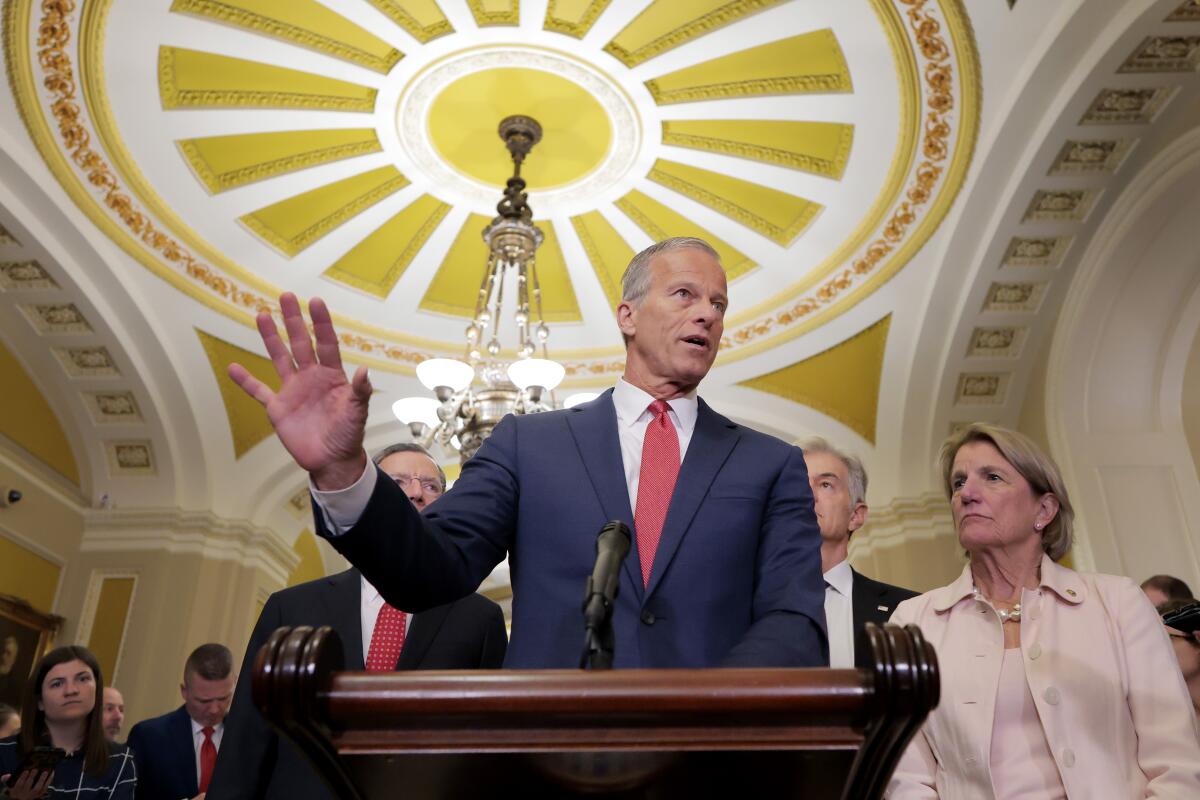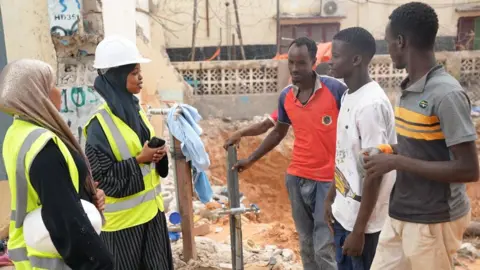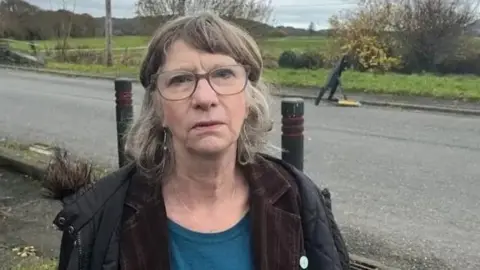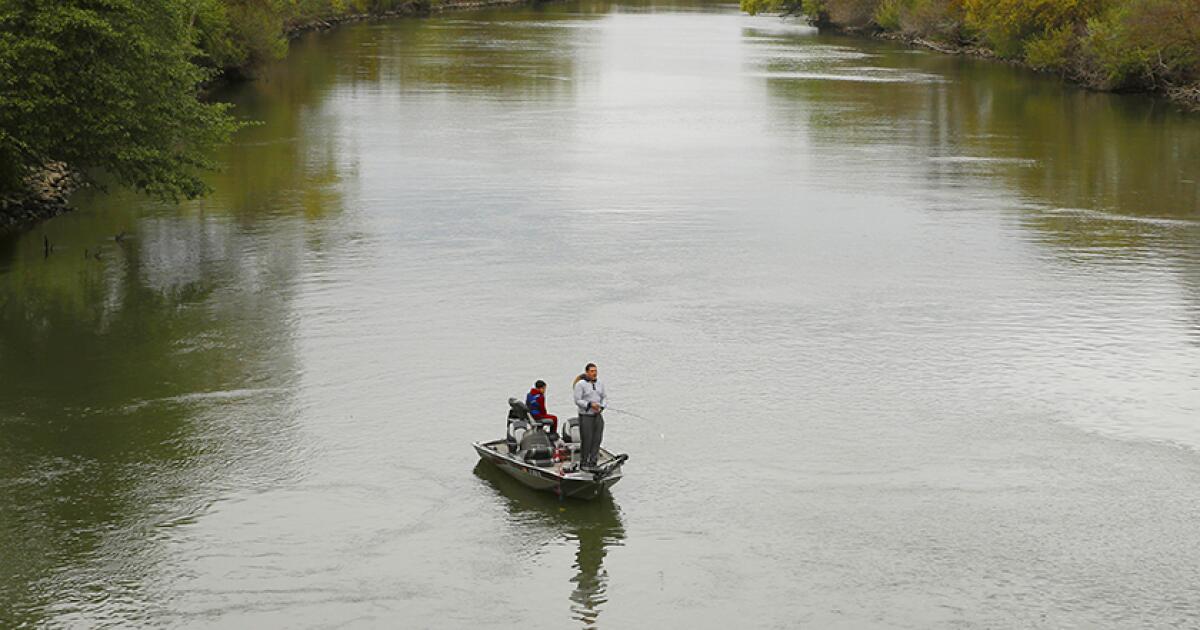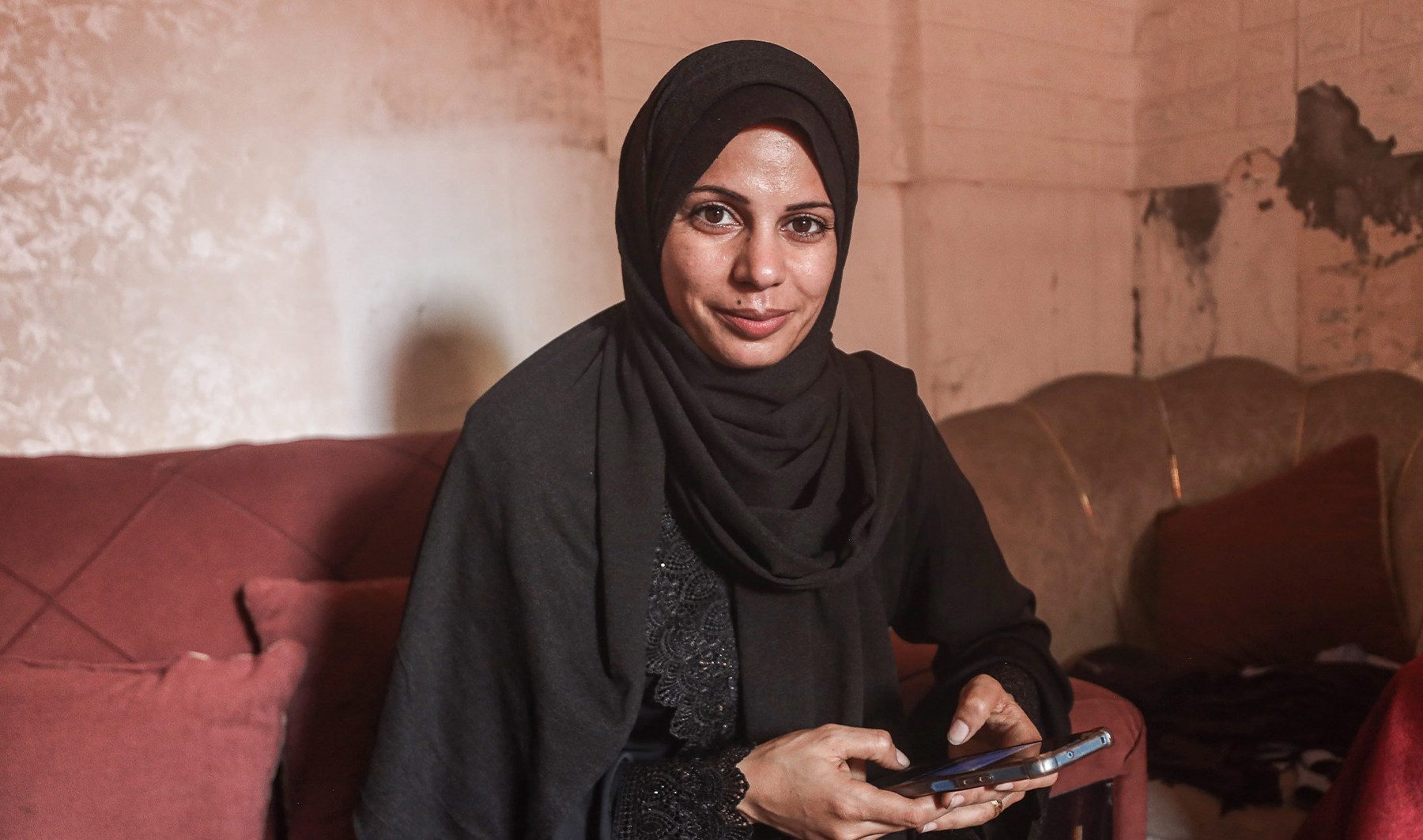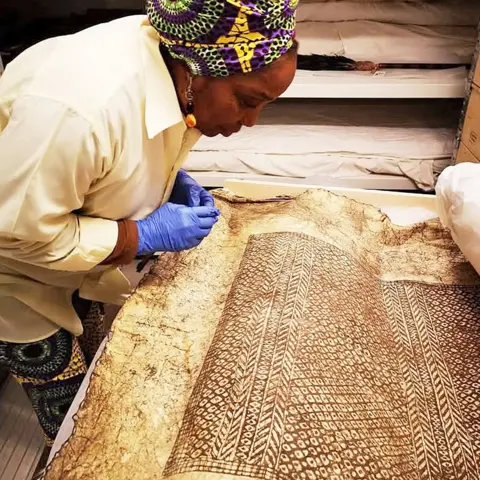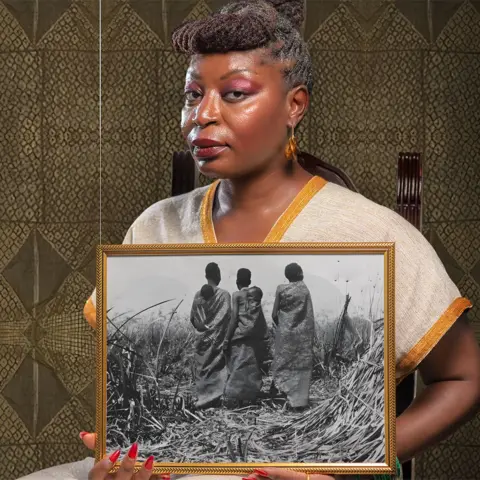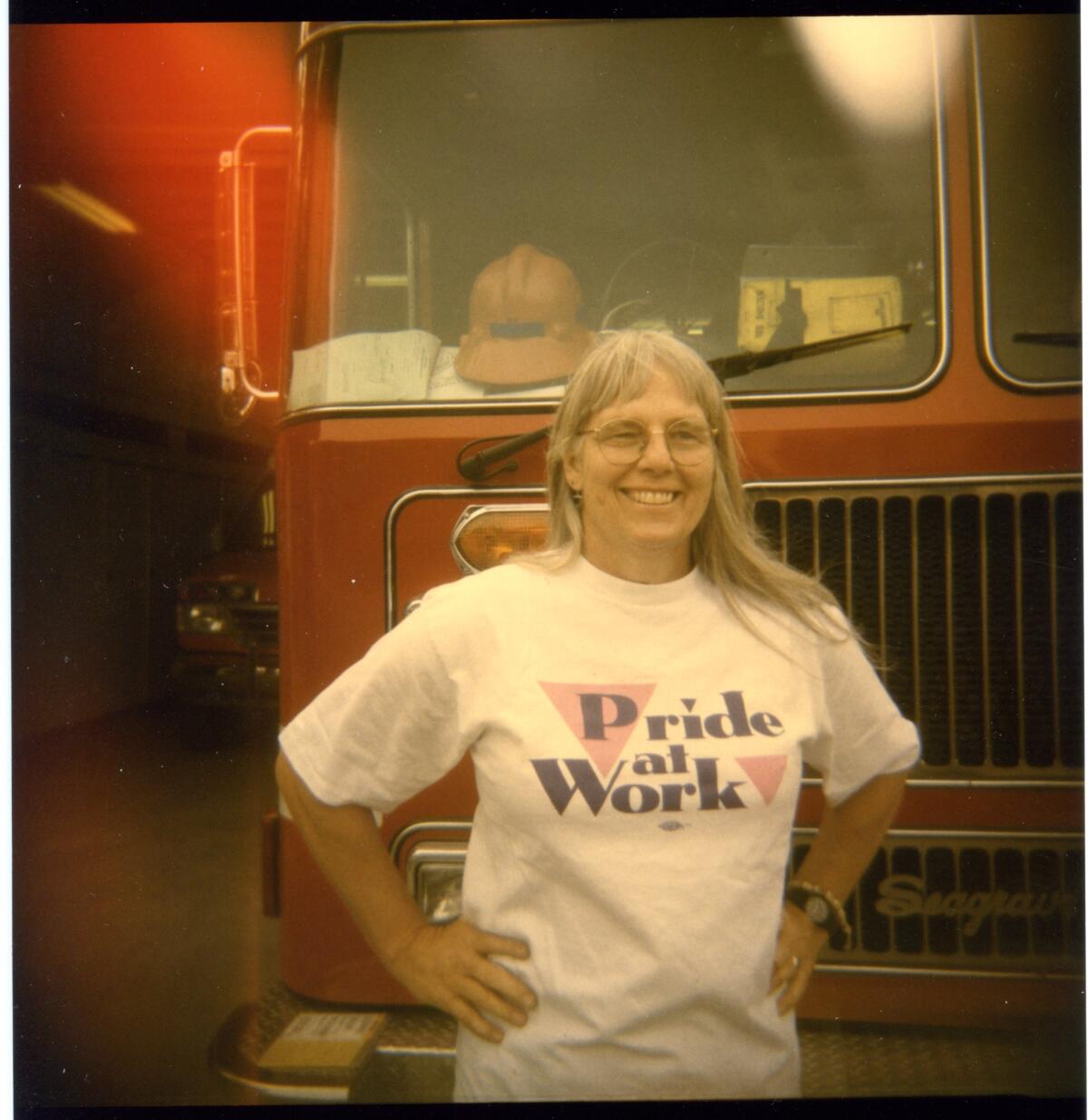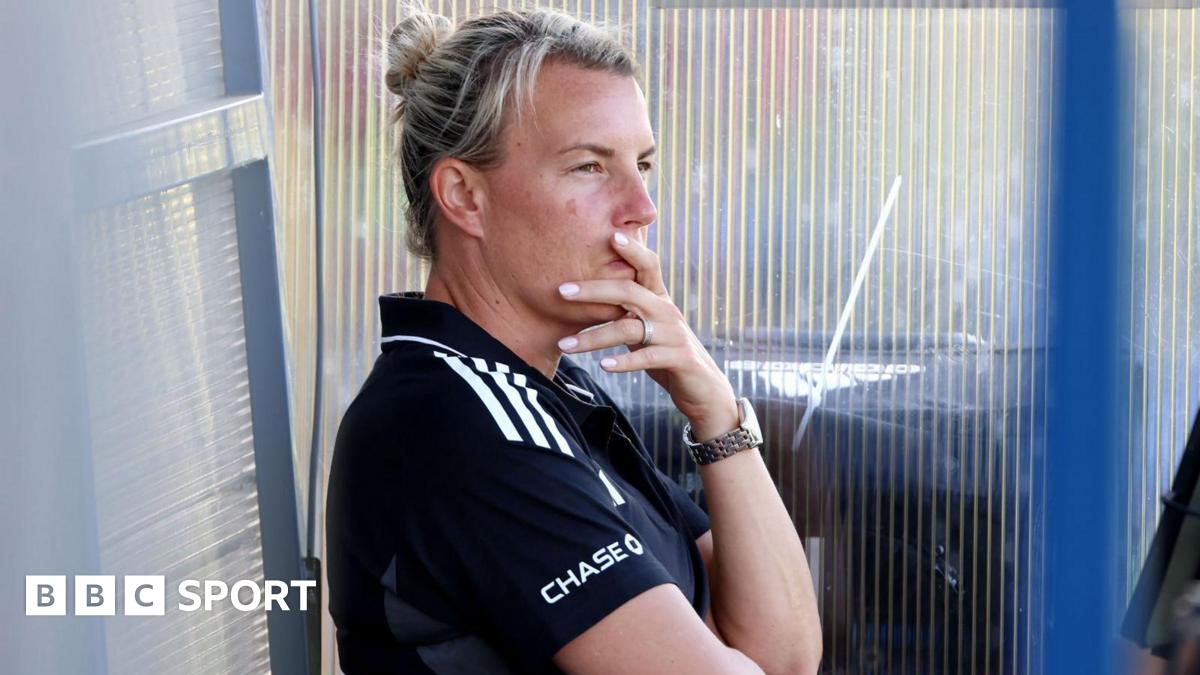Pointeworks ballet spotlights women, performs during off-season
Sophie Williams’ decade-long dance career has taken her across the globe, from the English National Ballet in London to the Royal New Zealand Ballet and the Texas Ballet Theater, where she’s currently a member of the corps de ballet.
Yet she can count on one hand the number of works she’s performed by a female choreographer.
So when Williams started her own nonprofit ballet company, Pointeworks, in 2023, she knew she wanted to spotlight women, whether choreographers, dancers, costume designers or composers.
“Whenever there is an opportunity, I will utilize the platform to try and bring balance within the ballet world, which most of us haven’t seen in our careers,” Williams, Pointeworks’ artistic director, told The Times.
From its inception, Pointeworks has strived to fill in gaps. Williams was inspired to start the company as a way to provide work for professional dancers during their unpaid summer layoffs. With a lack of opportunities and an abundance of talent in the ballet world, Williams decided to create a group that performs during the off-season.
“[Pointeworks] is a very artist-forward company. It’s creating opportunities for the dancers — giving them new works, collaborations, things that can elevate their careers outside of their structured company season, and be able to provide them a platform during that time as well,” Williams said. “And also for audiences who don’t get to see ballet during the summer because companies are off, they get to see Pointeworks.”
Pointeworks debuted last June with a sold-out performance at the 500-seat Conrad Prebys Performing Arts Center in Williams’ hometown of San Diego. This year, the company expanded to the East Coast with three shows at New York City’s Alvin Ailey Citigroup Theater in March. After a successful return to San Diego last week, the group is preparing for its first Orange County show Friday at the Irvine Barclay Theatre.
Before the Irvine show, Pointeworks will host its first mentorship program for local students who intend to pursue a professional dance career. Selected dancers will participate in a Pointeworks class on Friday and be paired with a mentor from the company who will continue to guide them over the next year. As of Wednesday, seven students had applied and been accepted, according to marketing and outreach coordinator AvaRose Dillon.

Sisters Claire, Nicole and Emma Von Enck rehearse for their performance of “Chasing Shadows” with Pointeworks.
(Raquel Beauchamp)
Williams received more than 400 applications from choreographers for this season overall, she said. While her goal is to highlight female creatives, anyone is welcome to submit ideas.
Among the pieces commissioned for the New York shows was Laine Habony’s “Chasing Shadows,” choreographed for sisters Claire, Emma and Nicole Von Enck — who had never performed together professionally. Nicole, the eldest sister and Williams’ colleague at Texas Ballet Theater, leapt at the opportunity to collaborate with her siblings, who both dance for New York City Ballet.
Habony, also from New York City Ballet, wanted the project to be accompanied by an original score. So she enlisted Welsh composer Katie Jenkins, whom she met at Revolve Dance Project in Providence, R.I., last summer. The duo later recruited pianist and recent Juilliard graduate Joshua Mhoon to play the live score.
For the Irvine show,Williams, Paige Nyman and Adeline Melcher, all from Texas Ballet Theater, will perform the piece. This will mark the first time that Williams will dance to a composition by a female composer, she said.
“[‘Chasing Shadows’] is just very unique in the sense that it’s a female composer behind the music and a female voice behind the choreography, female costume designer behind what we’re wearing, female lighting designer behind what’s going on the stage,” Nyman said. “It’s just an entirely sisterhood piece.”
In addition to “Chasing Shadows,” the Irvine program includes new commissions from choreographers Reka Gyulai and Heather Nichols; DaYoung Jung’s “It’s Deep, It’s Dark,” which debuted in New York; and Christopher Wheeldon’s “Carousel,” a 2002 pas de deux set to music from Rodgers & Hammerstein’s musical of the same name.
“I think it gives a variety to the audience by commissioning new works, contemporary works, new classical works, but also putting in iconic classics — and ‘Carousel’ is one of those,” Williams said.
Dance careers don’t last forever, so it’s important to take advantage of every moment, Williams said. That’s why she’s passionate about maximizing opportunities both on and offstage.

Sisters Claire, Nicole and Emma Von Enck perform together for the first time professionally.
(Nathan Carlson)
In October, Williams hired interns to help with administrative tasks. Among them was Dillon, Pointeworks’ marketing coordinator and a corps de ballet member at Texas Ballet Theater. This month, she began dancing with Pointeworks as well.
“I want to make sure that Pointeworks is for the dancers first,” Williams said. “So by having dancer perspectives in just every angle — whether that’s marketing, administration, development — if you know what it is to be a dancer and you have been a dancer, I think that it’s a lot more cohesive, putting those interests first.”
In addition to dancing professionally, Dillon takes online classes at Texas Tech University, where she studies public relations and strategic communications.
“I feel like [Pointeworks has] been the perfect supplement to my education, because I’m taking classes on how to write press releases and then I’m writing press releases for Pointeworks,” Dillon said. “I could have never comprehended such a perfect opportunity to align with my goals as an artist and future arts leader and an arts advocate.”
While Dillon is just starting her career, Pointeworks also provides opportunities for more seasoned dancers. For instance, retired dancer Christian Griggs-Drane — previously with the Royal New Zealand Ballet — is the company’s development and fundraising coordinator.
Three years after retiring as a ballerina, Jung continues to work as a choreographer, rehearsal director and dance educator. She and Williams met at Oklahoma City Ballet about nine years ago and reconnected at last year’s National Choreographers Initiative in Irvine.
Even though Jung created “It’s Deep, It’s Dark” with her dancers in just 10 days, she said she appreciated the opportunity to work with such a professional, open-minded group of individuals.
“[Pointeworks] is not just about giving artists a platform. It’s about reshaping the dance landscape, ensuring women’s voices are heard and their vision brought to life,” Jung said. “I feel like I could really take risks, experiment and develop my own artistic language without the limitation in traditional structure. And I think Pointeworks was perfect at it, that I could really explore myself as an artist and as a choreographer.”





